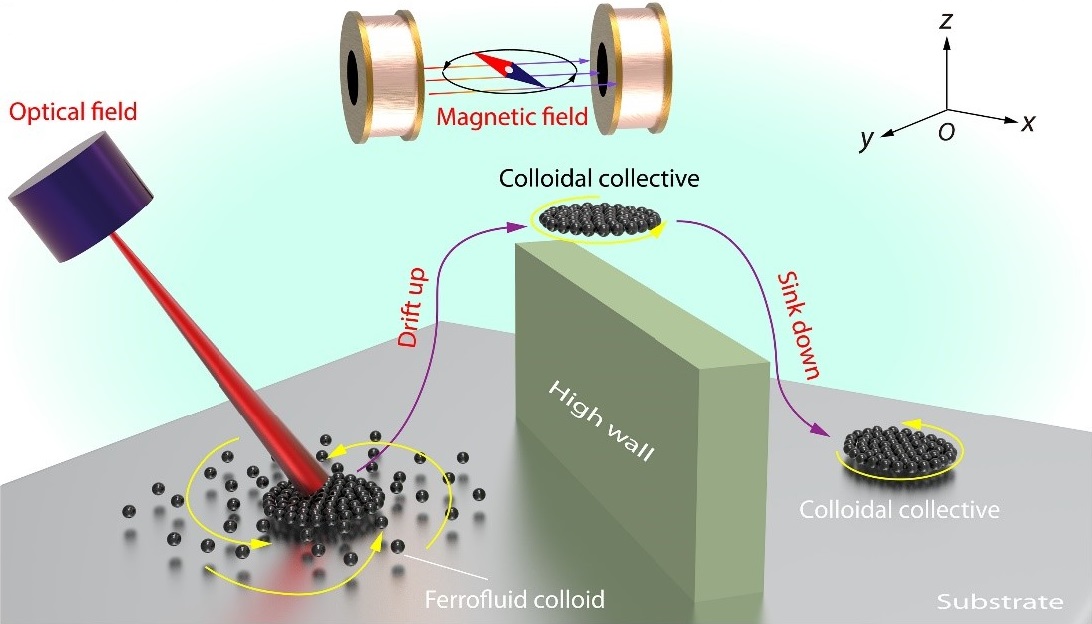Enhanced Flexible Mold Lifetime for Roll‐to‐Roll Scaled‐Up Manufacturing of Adhesive Complex Microstructures
Bioinspired Microstructured Adhesives with Facile and Fast Switchability for Part Manipulation in Dry and Wet Conditions
Smart Materials for manipulation and actuation of small-scale structures
3D nanofabrication of various materials for advanced multifunctional microrobots
Liquid Crystal Mesophase of Supercooled Liquid Gallium And Eutectic Gallium–Indium
Machine Learning-Based Pull-off and Shear Optimal Adhesive Microstructures
Information entropy to detect order in self-organizing systems
Individual and collective manipulation of multifunctional bimodal droplets in three dimensions
Microrobot collectives with reconfigurable morphologies and functions
Self-organization in heterogeneous and non-reciprocal regime
Biomimetic Emulsion Systems
Giant Unilamellar Vesicles for Designing Cell-like Microrobots
Bioinspired self-assembled colloidal collectives drifting in three dimensions underwater
Bioinspired self-assembled colloidal collectives drifting in three dimensions underwater

Active matter systems feature a series of unique behaviors, including the emergence of collective self-assembly structures and collective migration. However, realizing collective entities formed by synthetic active matter in spaces without wall-bounded support makes it challenging to perform three-dimensional (3D) locomotion without dispersion. Inspired by the migration mechanism of plankton, we propose a bimodal actuation strategy in the artificial colloidal systems, i.e., combining magnetic and optical fields[]. The magnetic field triggers the self-assembly of magnetic colloidal particles to form a colloidal collective, maintaining numerous colloids as a dynamically stable entity. The optical field allows the colloidal collectives to generate convective flow through the photothermal effect, enabling them to use fluidic currents for 3D drifting. The collectives can perform 3D locomotion underwater, transit between the water-air interface, and have a controlled motion on the water surface. Our study provides insights into designing smart devices and materials, offering strategies for developing synthetic active matter capable of controllable collective movement in 3D space.

Members
Publications
